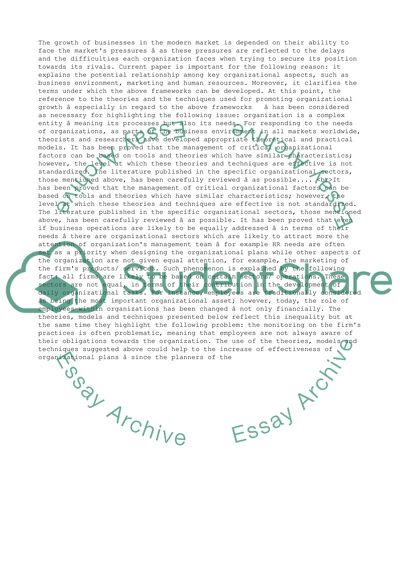Cite this document
(“Theories, models and techniques on Business Environment, Marketing and Assignment”, n.d.)
Retrieved de https://studentshare.org/business/1390536-business-management
Retrieved de https://studentshare.org/business/1390536-business-management
(Theories, Models and Techniques on Business Environment, Marketing and Assignment)
https://studentshare.org/business/1390536-business-management.
https://studentshare.org/business/1390536-business-management.
“Theories, Models and Techniques on Business Environment, Marketing and Assignment”, n.d. https://studentshare.org/business/1390536-business-management.


